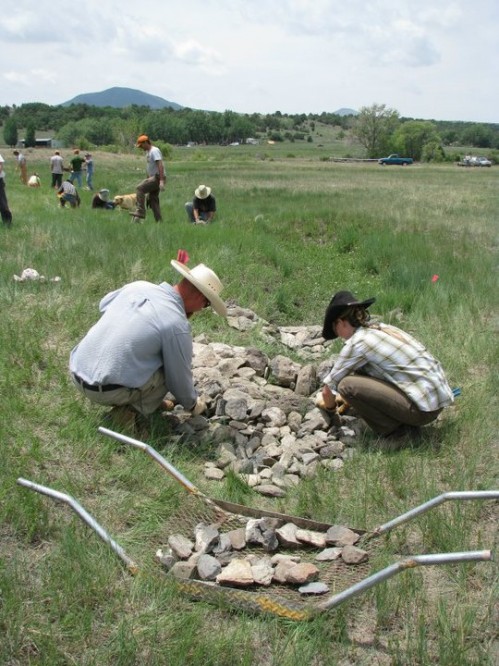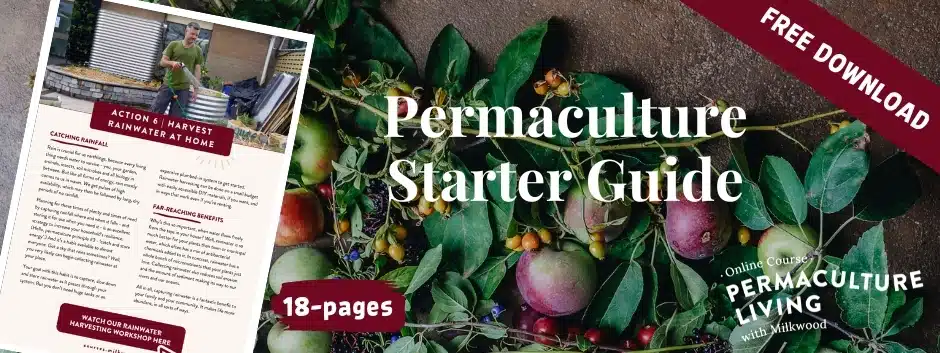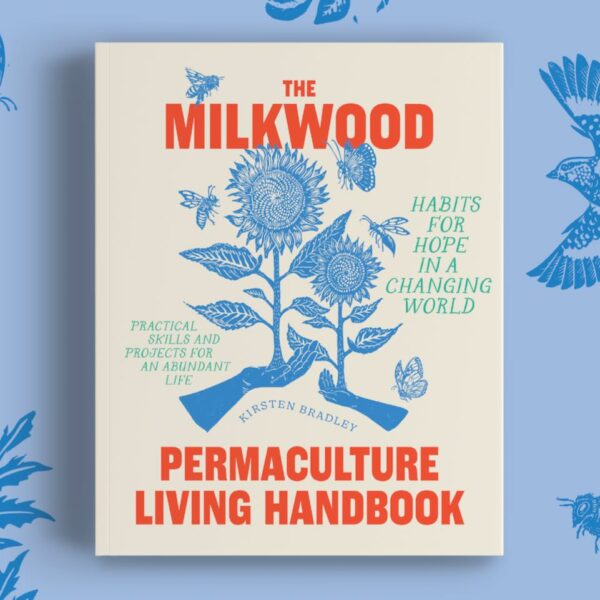Here’s a great video of Craig Sponholtz explaining his guidelines for watershed restoration. As with much of permaculture design, it’s all about expanding the edges of fertility, and starting with what you have. Which, is the case of re-hydrating a landscape, is the wet spots!
It’s important to have options for fixing erosion and repairing your landscape’s hydrology that can be achieved at human scale, with the available labor that you have. And as you can see from this video, restoring moisture to the landscape is all about small slow solutions…

Craig Sponholtz and crew installing one-rock dams (that's one rock high, not long) to slow and disperse water flow, and intercept gully formation
Craig Sponholtz’s guiding principles for bringing moisture back to land:
- Try to do it in the places moisture already exists to some extent
- Take on things you know you can accomplish with the available energy (which might be just you)
- Protect and expand moisture storing areas of the landscape (enhance the sweet spots)
- Stabilize active erosion and prevent further degradation
- Restore dispersed flow and increase infiltration at every opportunity
- Cultivate restorative plant communities and build biologically active soils
- Create site specific solutions using natural forms and processes
We’re really looking forward to having Craig in Australia to shed some light on the effective techniques he and his peers have been working with as part of Quivira Coaliton and Dryland Solutions…
Oh a note that our Advanced Watershed Restoration course with Craig at Milkwood Farm has just been FARMREADY APPROVED!
Which is rather exciting as it means that primary producers, indigenous land managers and their families may be eligible for a reimbursement of 65% of the course cost. Yay!
See the course page for a bunch of resources about watershed restoration….












